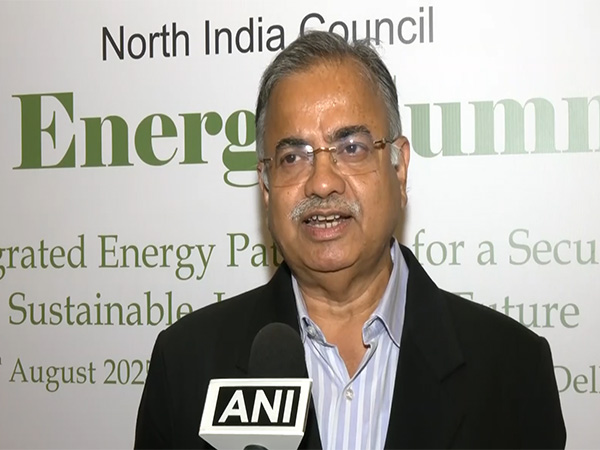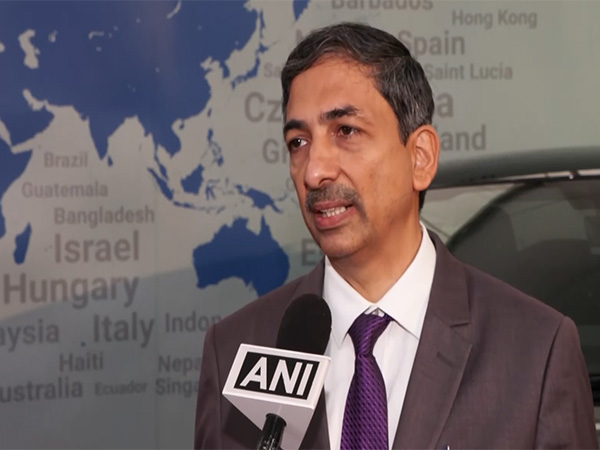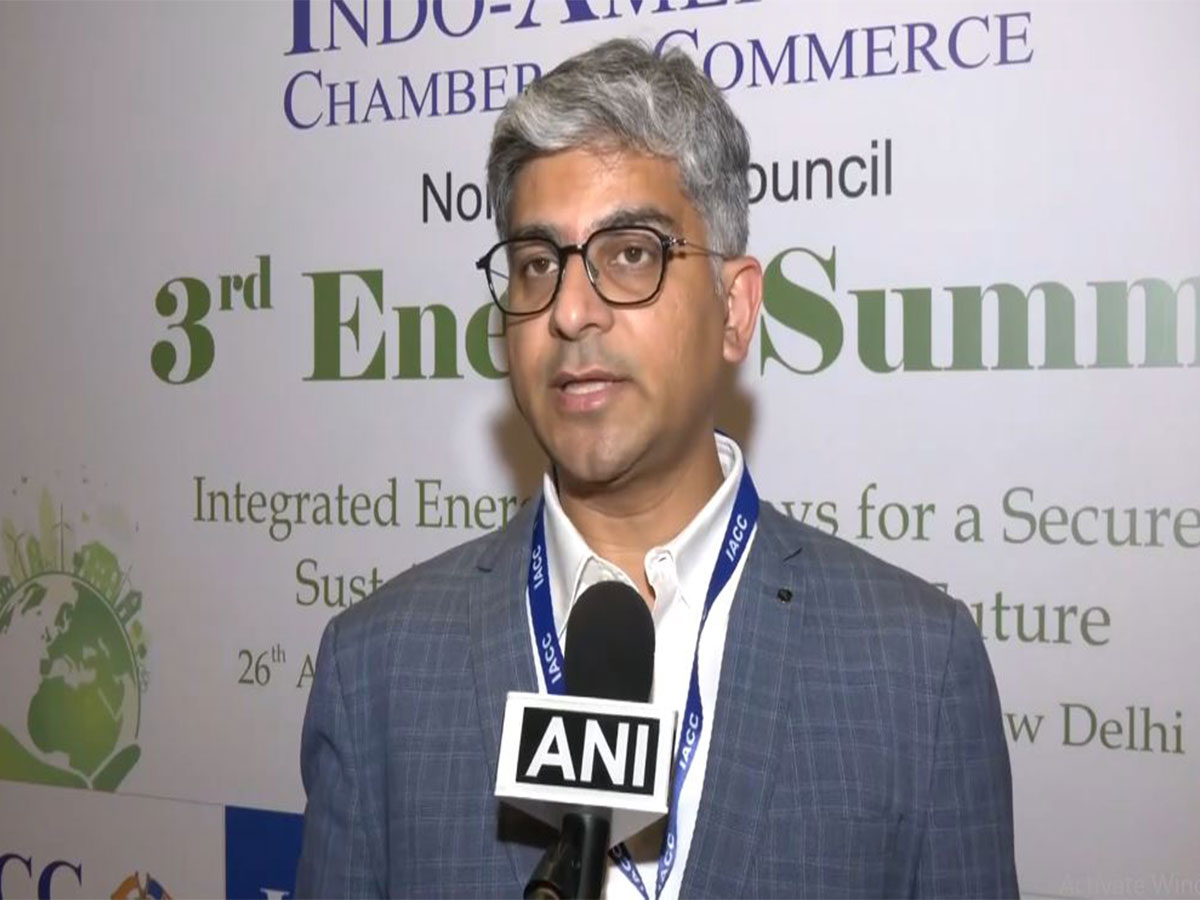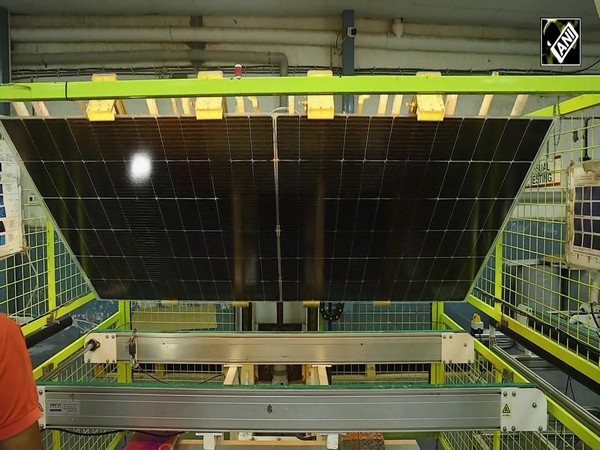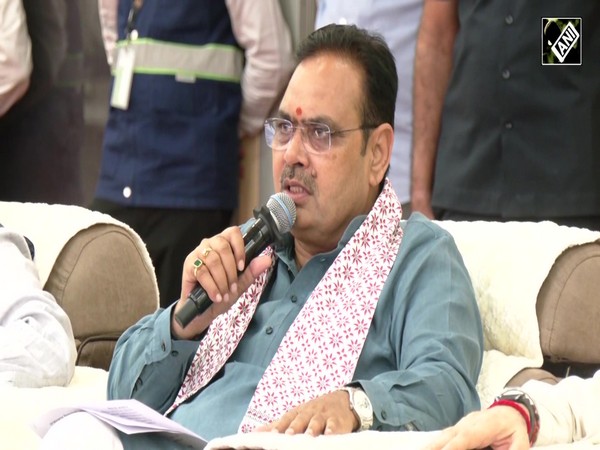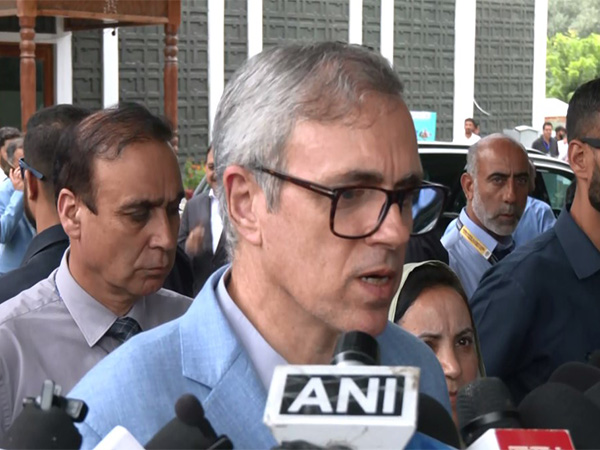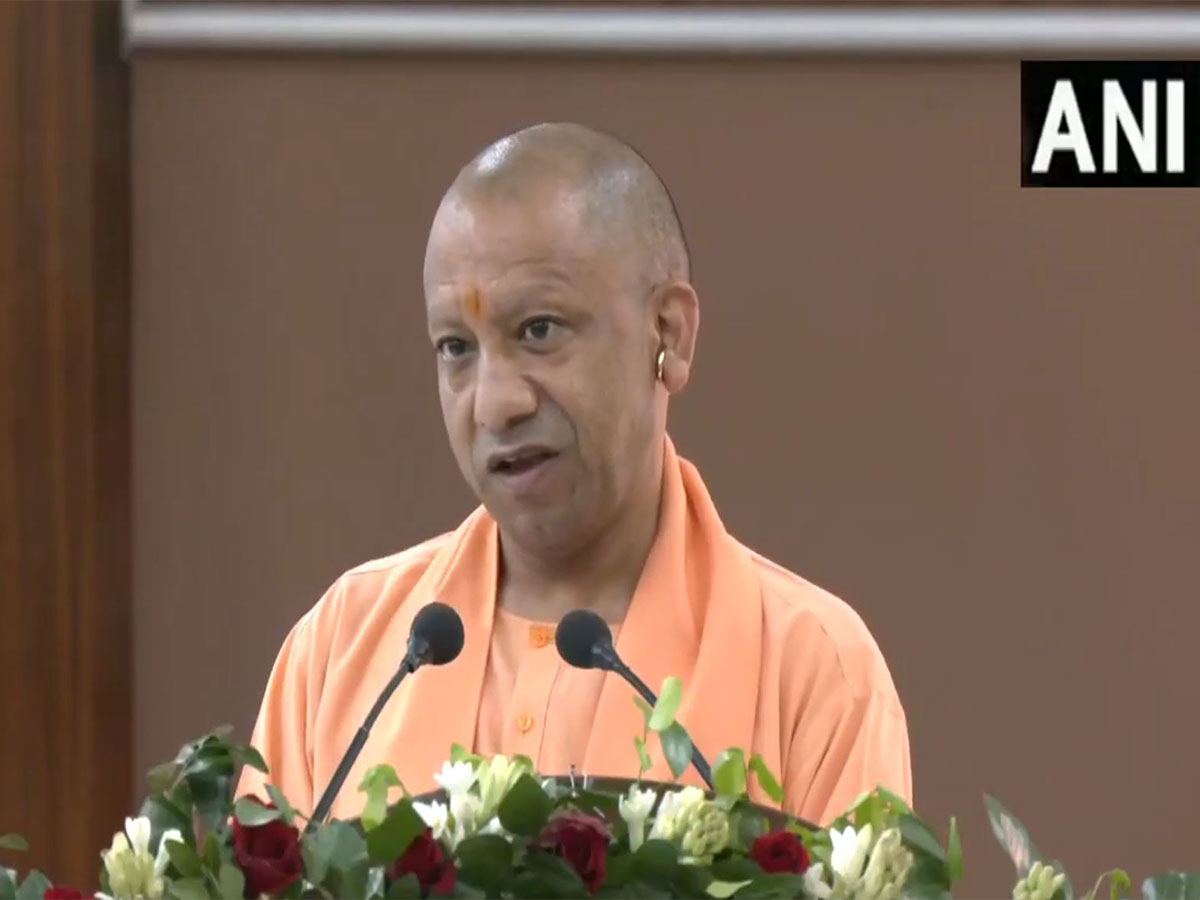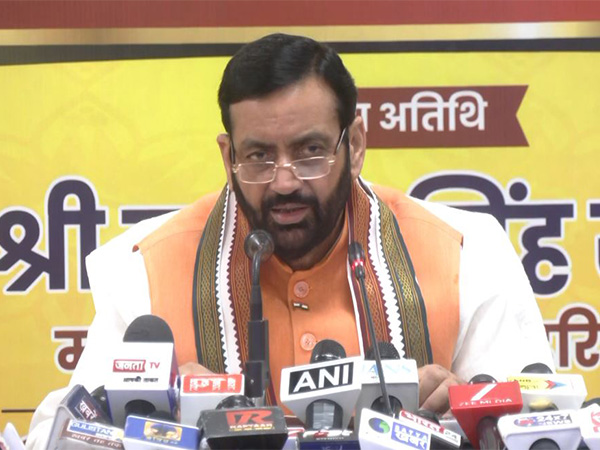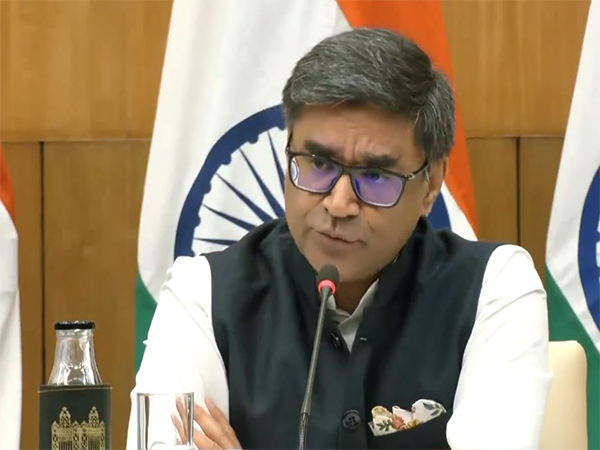
India has huge potential in gas-based energy economy, say experts at Indo-American Energy Summit
Aug 26, 2025
New Delhi [India], August 26 : Rajnath Ram, Advisor (Power and Energy) in NITI Aayog, has said that India has a huge potential in gas-based energy economy, adding that the country is moving ahead with several policy measures.
The third Energy Summit, hosted by the Indo-American Chamber of Commerce, brought together key policymakers and industry leaders to discuss India's evolving energy landscape, with a strong focus on sustainability, energy security, and affordability.
Speaking at the summit, Rajnath Ram emphasised India's push towards a gas-based economy, highlighting its growing importance within the country's energy basket.
He said there has been discussion on how use of gas can be promoted within the overall energy basket, as it currently accounts for 7 per cent.
"We aspire to become a developed nation by 2047. We are taking significant strides with numerous policy measures, substantial ground has been covered, paving the way for a giant leap and a bold decision," he said.
Rajnath Ram also underscored the need to strike a balance between economic growth and climate responsibility, adding that India has already achieved 50% of its non-fossil-based power capacity--five years ahead of its target. "We are preparing the groundwork for a giant leap. The core idea is to tackle the pressing challenges of energy security, sustainability, and affordability," he noted.
Speaking in a separate session at the event, Ram also emphasized on the need for energy security and long term supply contracts of liquefied natural gas (LNG).
He also referred to Carbon Capture, Utilisation and Storage (CCUS) Mission
"We are working on finalising the mission road map and also finalising the total outlay," he said.
CCUS is expected to be a key element of India's ambitious energy transition and net zero targets.
Vineet Nahata, Member of the Central Board of Trustees, EPFO, and a panelist at the summit, stressed the critical need for India to fast-track its renewable energy goals to ensure a cleaner future.
He also pointed to the financial instruments being deployed to support the green transition, such as the RBI's sovereign green bonds, which he described as a "very interesting avenue." However, he acknowledged some challenges, including the need for more tax incentives, while noting that the broader monetary benefits--like reduced interest costs--will ultimately benefit society as a whole.
"Various initiatives have been taken by the government to fight the challenges of climate change and pollution. Even the RBI issues sovereign green bonds, which happen to be a very interesting avenue. There are several hiccups, like tax benefits...There are significant monetary benefits. The interest cost is going to be reduced..The entire society is going to benefit from this..The Finance Ministry and the Environment Ministry have big plans..India happens to be one of the countries that keeps environmental friendliness and ESG as its top agenda; there is no doubt we will be the world leaders," he added.
India has made significant progress in strengthening its energy sector in recent years. The country is successfully balancing the twin goals of meeting rising electricity demand and promoting sustainability.
According to the International Energy Agency (IEA), 85 per cent of the increase in global electricity demand over the next three years will come from emerging and developing economies.
As one of the fastest-growing major economies, India plays a central role in the global energy transition. Its energy demand is expected to grow at the fastest rate among major economies, driven by sustained economic growth. Consequently, India's share in global primary energy consumption is projected to double by 2035.
Over the past decade, India's power sector has seen robust expansion driven by rising demand, infrastructure development, and strong policy support for both conventional and renewable energy sources. Electricity generation has increased from 1,168 billion units (BU) in 2015-16 to an estimated 1,824 BU in 2024-25. Similarly, total installed capacity has grown from 305 gigawatts (GW) in 2015-16 to a projected 475 GW in 2024-25.
